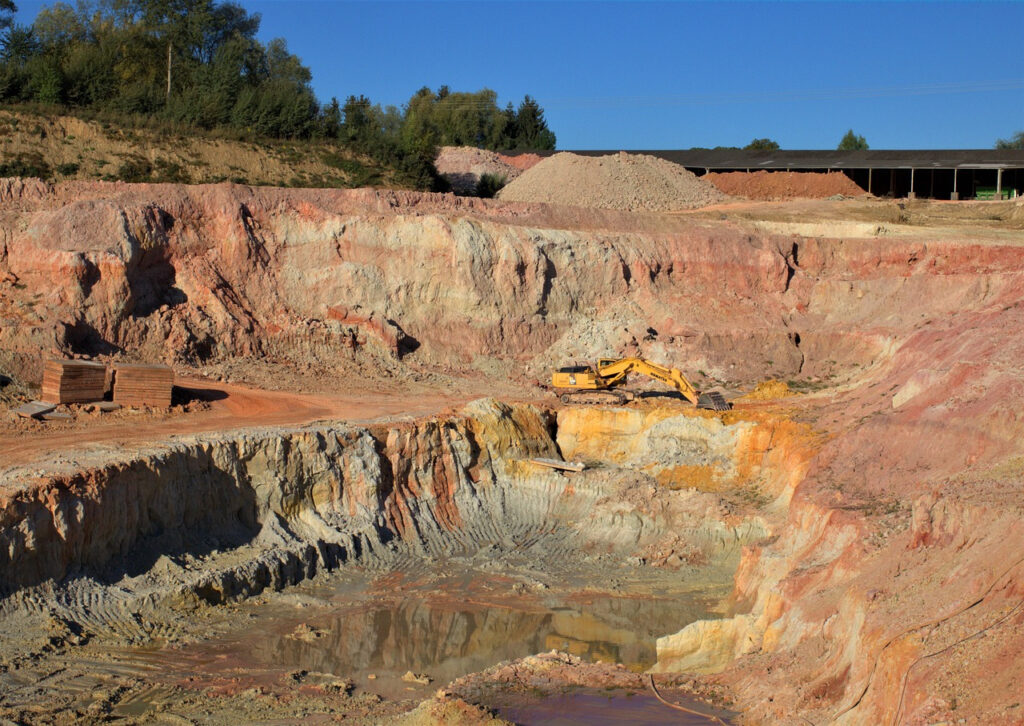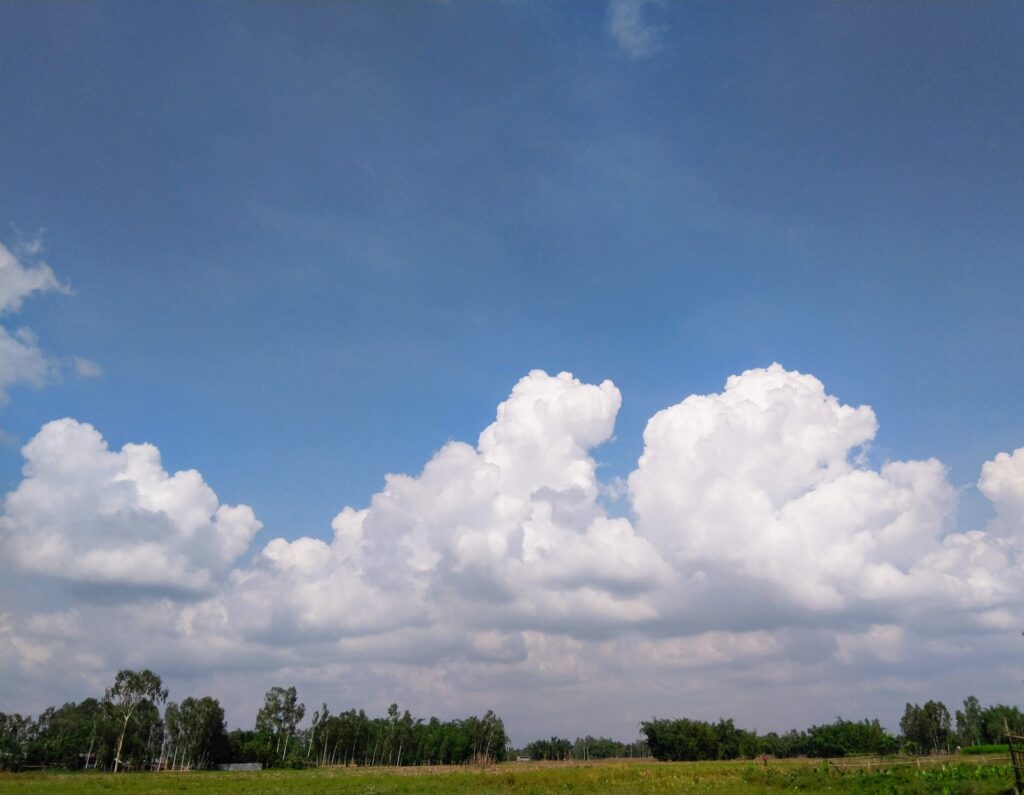(par 2.2.1. 6.3) How to identify your soil types

How to identify your soil types https://www.dammannsgardenco.com/blog/how-to-identify-soil-types Recently, we’ve noticed more and more people are interested in growing their own food. Since growing yummy vegetables requires a fair bit of care, there’s also been an increase in discussions about dirt. If you’ve tried to grow anything in soil that’s hard and compact, or really sandy […]
(par 2.2.1. 5) Atmosphere (taken from Wikipedia)

Atmosphere http://en.wikipedia.org/wiki/Atmosphere From Wikipedia, the free encyclopedia This article is about atmospheres in general. For Earth’s atmosphere, see Atmosphere of Earth. An atmosphere (New Latin atmosphaera, created in the 17th century from Greek ἀτμός [atmos] “vapor”[1] and σφαῖρα [sphaira] “sphere”[2]) is a layer of gases surrounding a planet or other material body of sufficient mass[3] that is held in place by the gravity of the body. An atmosphere is more likely to […]
(par 2.2.1. 1.2) Energy Transformation

Energy Transformation http://environ.andrew.cmu.edu/m3/s3/all_ene_sys.htm The definition of energy as the ability to do work came from the 19th century as steam engines and other work-producing machines were developed. The first engines converted heat (thermal energy) into motion (dynamics). The science of heat engines developed by Lord Kelvin in England and Joule and Clausius in France founded […]
